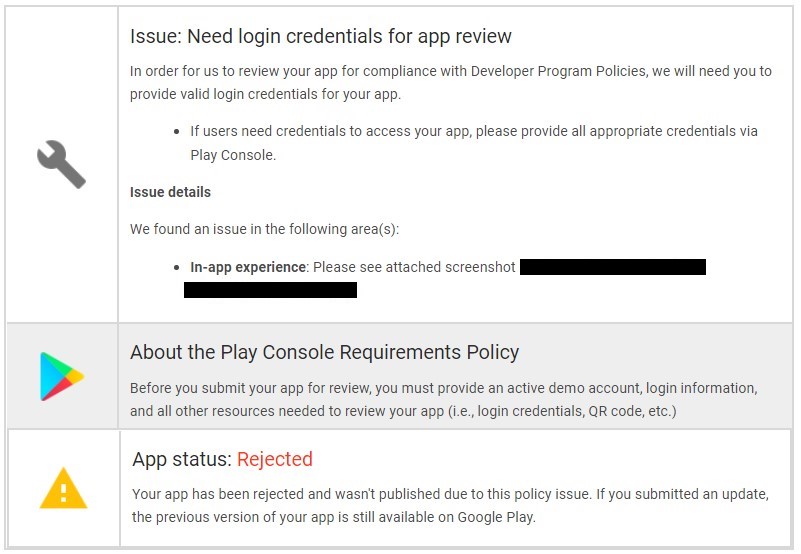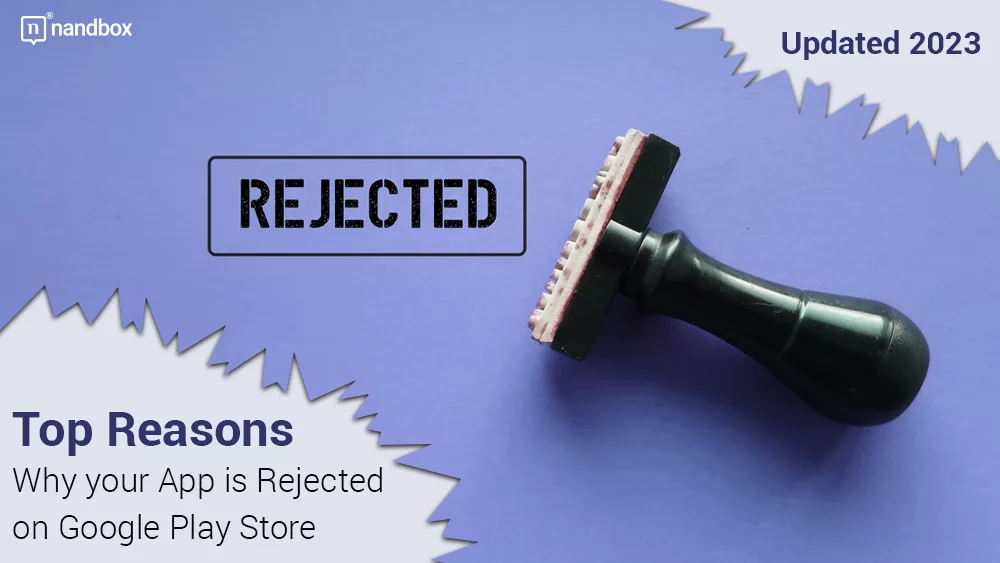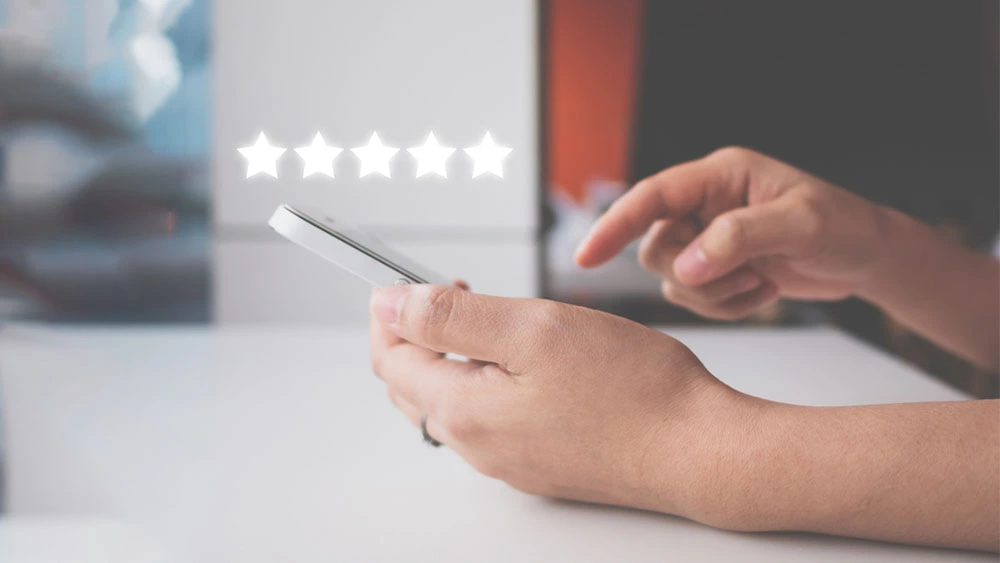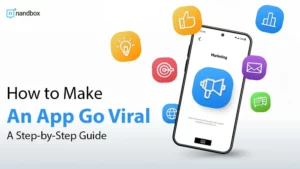The platform is the first thing any app owner should think about when conducting and developing an app. The platform on which you intend to publish your application is a major consideration and something that many factors depend on. The guidelines for platforms differ from one to another. So it’s not a standard that the guidelines you stick to for publishing your app meet. Following Google’s guidelines won’t certainly get it published on Apple’s App Store. It’s a very important step to understand these guidelines and work accordingly. To make it easy for you, we’re going to list for you the top 5 pitfalls that are common and usually get apps rejected on the Google Play Store.
Issue: Requesting Call Log and SMS Permission
Since Google Play Store updated its permission policy, Google has limited apps that are allowed to request Call Log and SMS permissions which means that many apps could be rejected if they do not provide sufficient justification to requesting call log and SMS permission.
We will explore how to request call log and SMS permission for call-based OTP account verification.
1. Go to Google Play Console.
2. Scroll down and select App content from the admin menu.

3. Under Sensitive App Permissions, click Manage.

4. Under SMS and Call Log Permission, click Manage.

5. Select call-based OTP account verification.

6. Under instructions for review, enter your justification for requesting call log and SMS permission which could be: “Verification of users’ phone number using flash call during signup”

7. Click Save.
Issue: Missing Privacy Policy
One of the most common reasons Google might reject your app is a missing privacy policy, we will go through the two sections where you should have a link to your privacy policy page.
1. Go to Google Play Console.
2. Scroll down and select App content from the admin menu.

3. Under Privacy Policy, click Manage.

4. Enter your link for your privacy policy page and click Save/

5. Next, log in to nandbox app builder, and click on App Settings.

6. Scroll down until you reach Terms of Service and Privacy Policy and click on it.

Enter the link and click save.

Issue: Need Login Credentials for App Review
Which is displayed in the form of the following message from Google:

Follow these steps provided by Google.
In the “+ Add new instructions” filed, note that you have to include a step by step guide on how a user should be verified, an example is provided below:
1. Open the app.
2. Click the button: AGREE & START.
3. Enter the email address : *********@gmail.com then press continue.
4. You should receive a verification code in the email *********@gmail.com
5. Enter the code received in step 4 and click the VERIFY NOW button.
6. Enter any display name then press Update public profile button.
7. You now have full access to all sections of the app.
You also have to provide access to Google for the demo account that you created by writing down the email and the password:
Email address : *********@gmail.com
Email Password : ***************
Continue the steps until you send your app for review.
These are a few common reasons why your app might be rejected on Google Play. Stay tuned as we update this article!
Copyright Issues
One of the most common reasons that leads to rejection by the Google Play Store is copyrighting. The Google Play Store has extremely stern guidelines against the infringement of copyright. Many cases of poorly copied, successful apps were the reason behind these strict guidelines. Ranging from copying titles, visual design, or even the whole app.
To avoid this mistake, you should study your competitors’ apps thoroughly to steer clear of any similarities that may be present between the apps. And then go through your app and review your app’s icons, descriptions, titles, or in-app elements to ensure it’s not conflicting with any other app as a final assurance.
App’s bugs and errors
Bugs and crashes are other common reasons why the Google Play Store might reject your app. Poor app functionality is a big factor for a lot of rejections that you seriously need to take into consideration
Google doesn’t permit applications that freeze, force-close, crash, or behave in any other abnormal way. You need to test your application numerous times and on a variety of different devices first. Testing your app first before submitting allows you to see it from a user’s perspective and fix any errors or bugs. Making sure that your app is stable and provides an excellent user experience eliminates any chance of Google rejecting it.
Nature of your App and its Content
To ensure that its platform is safe for everyone, Google’s guidelines strictly prohibit a specified type of content. Breaching these guidelines will get your app instantly rejected.
The type of content that Google restricts is
- Sexual Content and Profanity
- Hate Speech
- Promoting violence
- Sensitive Events
- Bullying and Harassment
- Promoting gambling
The inclusion of any of these types of content can put your app in a tough spot and eliminate all chances of it getting approved.
So how can you prevent this from happening? particularly if your app includes user-generated content, which may increase your risk. You should always revise, review, and monitor all the content on your app, remove any content that may pose a risk of restricting your app once and for all, and make all the necessary adjustments. You should also mention that in your policies to make it clear for all users. Repeated violations of the restricted content guidelines can result in the permanent termination of your account, so take good care of it.
Inaccurate App Rating
Similar to the first reason, Google Play offers content ratings, which are meant to help app developers share the right content ratings with users. This information was provided in advance to help users understand if this app is suitable for this age group or audience. It informs users, mainly parents, of potentially sensitive content that may be contained within an application.
Upon submitting your application, you will need to fill out a questionnaire providing information about the nature of your content and the specified audience that can use it. The Google Play Store doesn’t consider any app without a content rating. You should fill out the questionnaire with accurate and true information, as any misleading details or information that leads to the wrong app content rating will put your app at risk. Google gives you another chance to re-fill the questionnaire properly with the right information and submit your app once again. So make sure you don’t make the same mistake twice.
Presence of malware
Malware is simply any code present within the app that puts a user at risk and may lead to his data, device, or security being violated. Google’s guidelines about malware are straightforward and stern. As soon as the app is submitted, it will be immediately rejected if it contains malware or even has a link to malware in any of its parts or descriptions.
So, to avoid the hassle of submitting and resubmitting, you have to go through your app and your app’s code to make sure all the links are clean, with not even a 1% chance of the presence of malware. This can guarantee that you publish the app seamlessly.

After following this article and the Google Play Store guidelines thoroughly, you can now enjoy a prompt and easy submission process and enjoy your app without worrying about the Google Play Store rejecting it.







